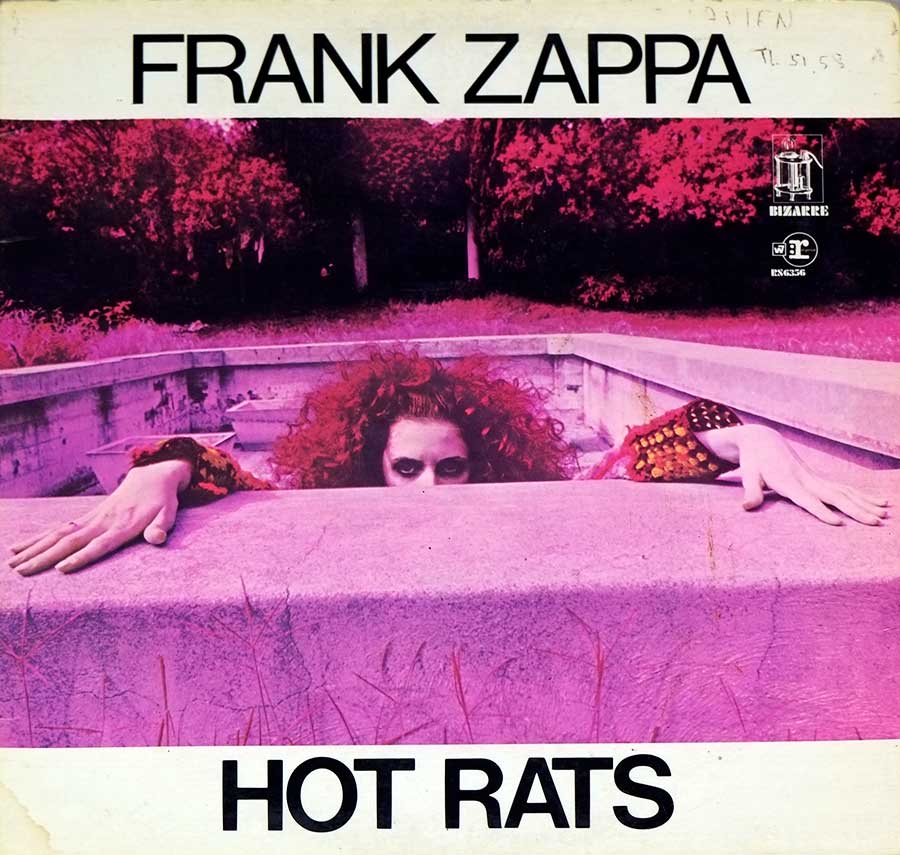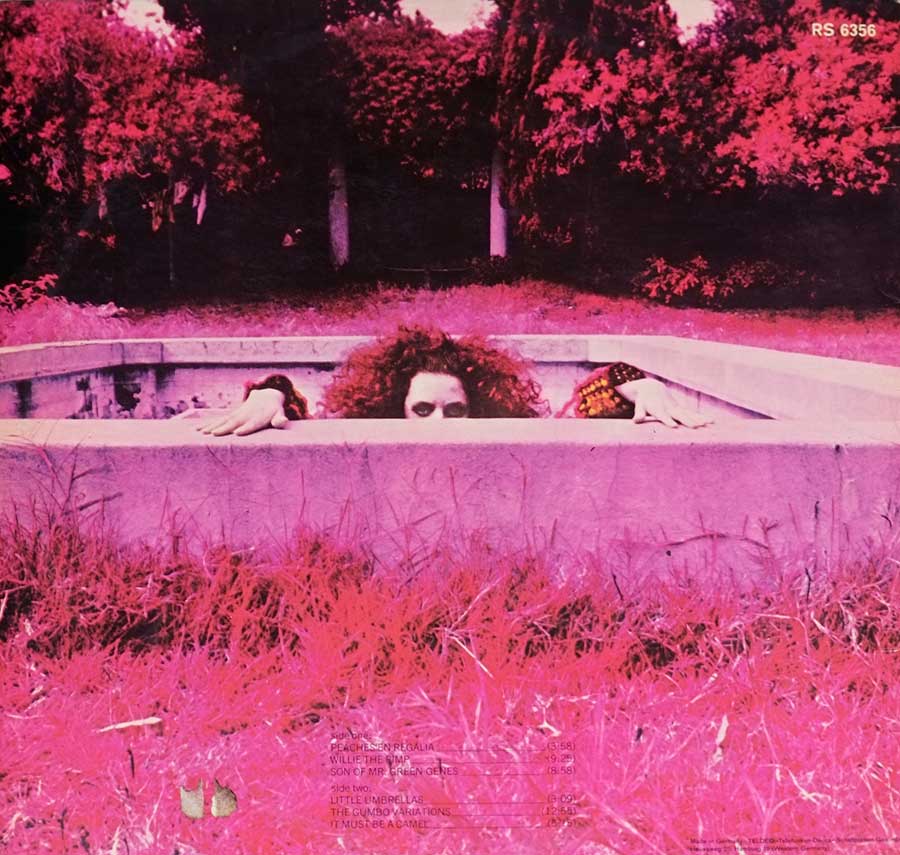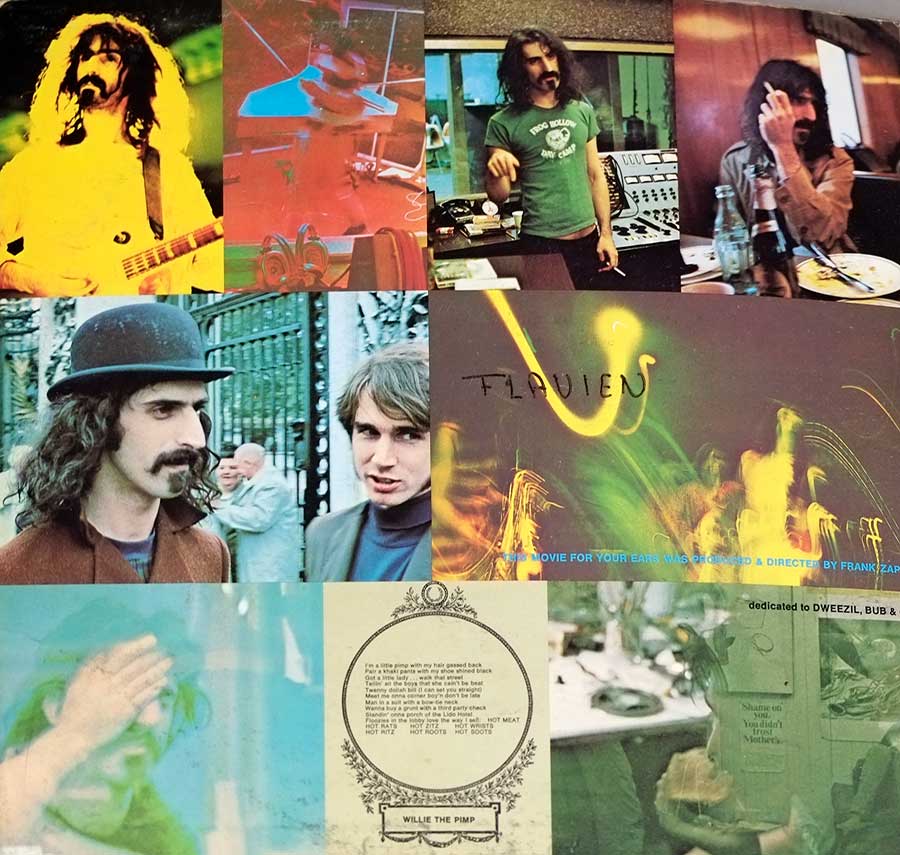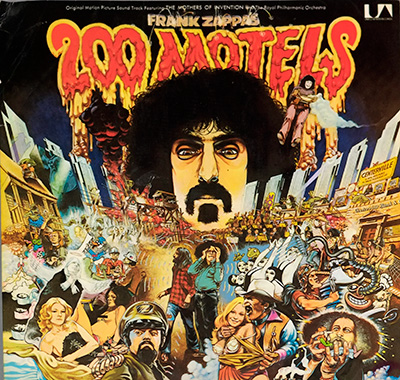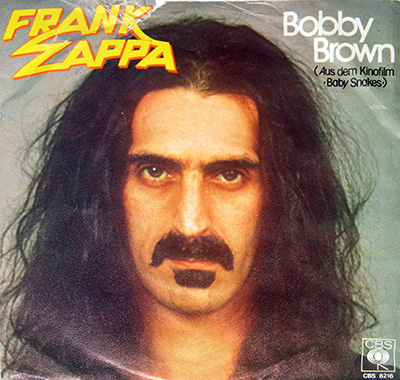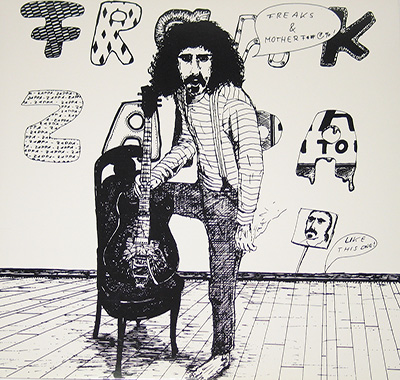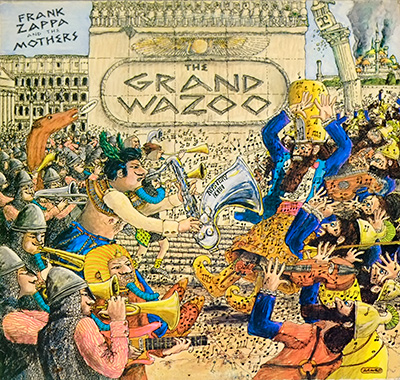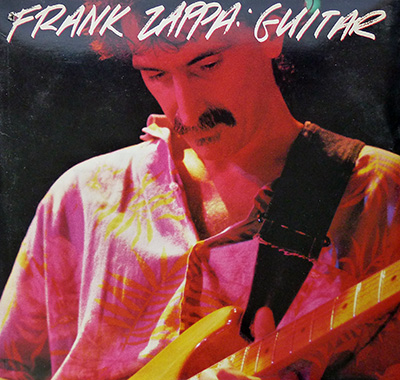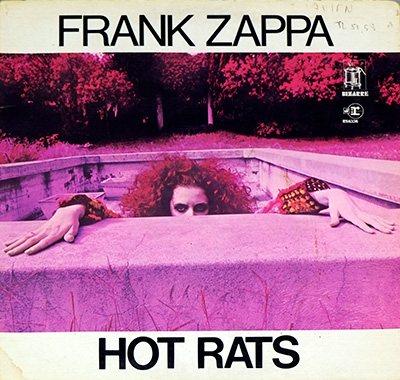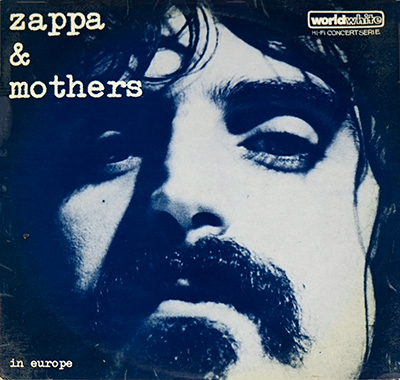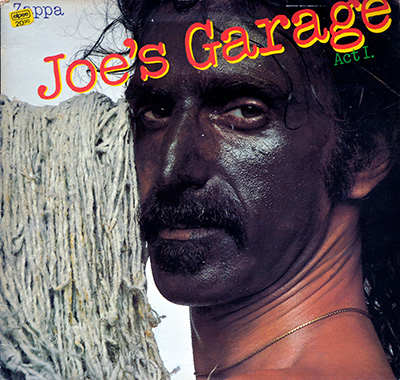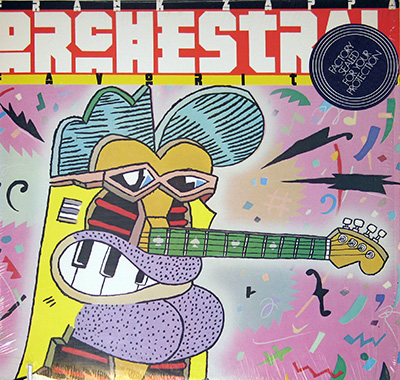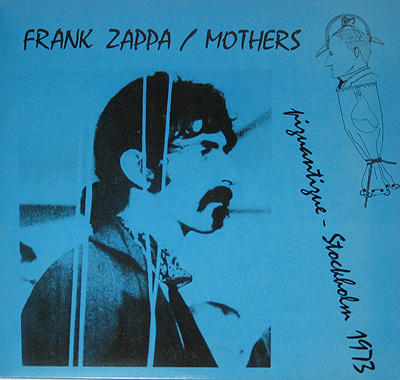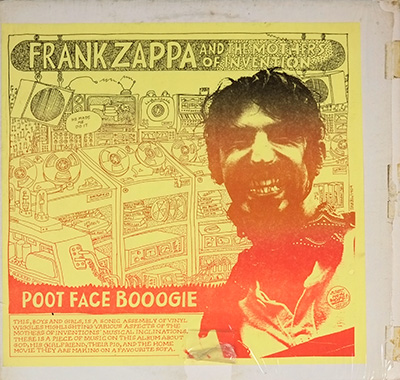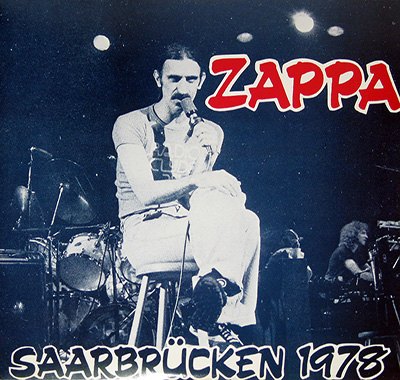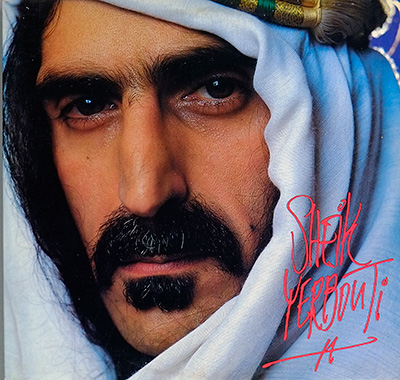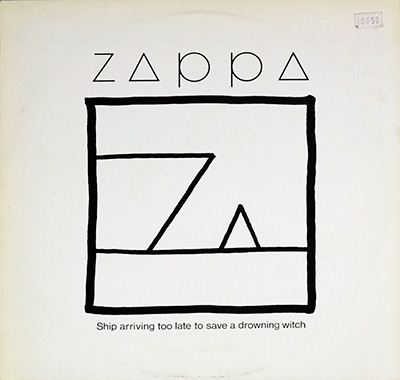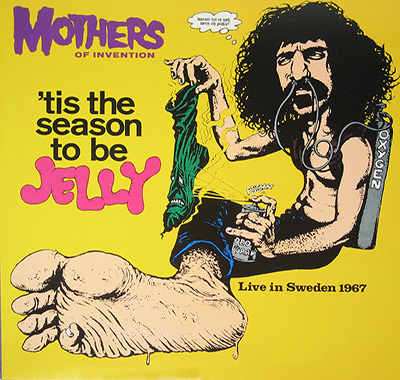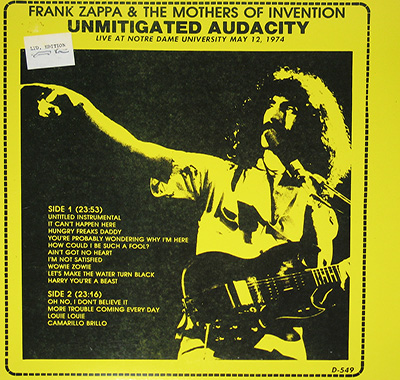Collector’s Note: Why the Hot Rats Cover Never Became Iconic
The strange truth is that the *Hot Rats* cover never became instantly recognizable because it simply refuses to play by the usual rules of iconic album imagery. Where iconic covers hinge on bold symbols and instant readability, this one presents a surreal dreamscape that works more like a mood than a logo. Its strength—its weirdness—also makes it harder for the mainstream brain to latch onto.
The composition hides more than it reveals. The woman’s eyes barely peek over the concrete ledge, and the infrared-magenta palette turns the whole scene into a warped hallucination. Iconic covers typically offer clear shapes or immediately legible subjects, but *Hot Rats* greets you with ambiguity, distance, and an intentionally unsettling sense of “what am I looking at?”
Zappa’s visual strategy didn’t help either. He never built a consistent visual brand across albums; each release looks like it crawled out of a totally different universe. Where other artists grow mascots, signature fonts, or repeated symbols, Zappa changed identities every record. Without repetition, images rarely evolve into cultural shorthand.
The psychedelic infrared effect—cutting-edge in 1969—also tied the cover tightly to its era. It’s bold, yes, but it ages like a specific photographic experiment rather than a timeless visual motif. It’s not a prism, not a banana, and not a baby swimming toward a dollar bill. It’s a memory of a moment rather than a universal symbol.
Finally, Zappa wasn’t a mainstream megastar. For an album cover to go global-icon mode, it needs saturation: posters, shirts, reissues, cultural references, all the endlessly repeated background noise that makes an image part of collective memory. *Hot Rats* became musically iconic, but visually it remained a cult artefact—cherished by collectors, invisible to everyone else.
